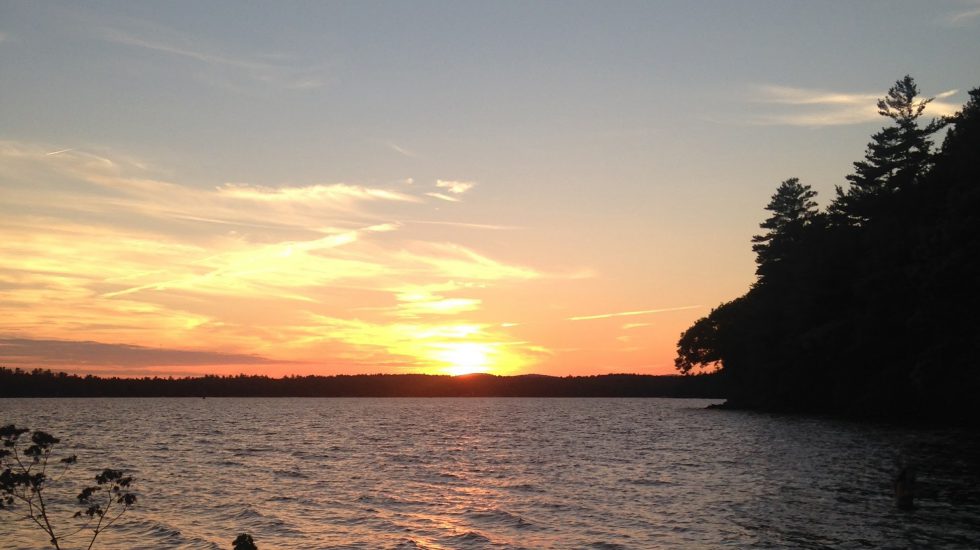Boots on the ground in new Rhode Island sanctuary
One way to contemplate a nature preserve is from one of its trails: what do you find there?
Another approach is the big-picture view: why was this property conserved?
My wife, Karen, and I entered King Preserve, in Saunderstown, via its Boston Neck Road lot and trailhead. The park-like setting harbored twisted, gnarly, lichen-covered trees that reminded us of the talking trees in the children’s television series, H.R. Pufnstuf.
With each step, the crisp, clean air quieted.
The woods grew rich in vernal pools. These seasonal bodies of water provide habitats for wetland plants, such as sedges, and creatures, such as frogs and salamanders.
Some of the wetland trees included black gum, red maple and sassafras. When the landscape rose just an inch or two, we found tall oaks, many of which grew out of mossy humps that looked like fire swamp scenery from the movie, “The Princess Bride.”
The thick wet forest, containing shade and moisture, combined with the pure air to create excellent growing conditions for lichens.
Gray, green and silver lichens covered branches and stones. Some lichens grew so thick and shaggy that they fell in clumps from tree limbs.
At various points, the serpent-like roots of yellow birch trees crossed the trail. Yellow birch is eye-catching for its smooth, shiny yellowish-bronze bark, shredding into strips.
Beyond the wetlands grew an occasional American holly. This conical native evergreen, with relatively broad, green and spiny leaves, produces fruit that ripens in fall. Birds gobble it down in winter.
We walked for an hour into the preserve, but we reached just its midpoint. This was because we found so many astounding features to study along the way.
The trail culminates at the shore of the Narrow River. This waterway is actually an estuary, a tidal outlet of lower Narragansett Bay. It’s also a primary clue to why The Nature Conservancy (TNC) purchased the property, with funding from The Champlin Foundations.
The preserve, named for the late Dave King, the first executive director of The Champlin Foundations, and a conservation leader, sits at a key spot in the watershed of the headwaters of the Narrow River, said Scott Comings, TNC’s associate state director.
King Preserve is a “connecting piece for conservation land on either side,” he said. The preserve “brings together almost 1,000 acres of watershed property for the Narrow River.”
The estuary hosts one of the state’s most productive runs of river herring, said Comings. It is also home to many other aquatic species, and serves as an important wintering ground for a variety of waterfowl, he said.
Instituting the trail system and property boundaries involves an ongoing partnership among multiple conservation groups and public agencies, said Comings.
In addition to its ecological importance, the site is a Rhode Island “microcosm,” he said. “In a relatively short walk, you can see so much, such as wet areas, upland forest, coastal shoreline, the Narrow River and more.”
From our boots-on-wet-ground perspective, King Preserve induced a childlike feeling of adventure and discovery — that type of delight we can experience outdoors, when our time, and our landscape, are unstructured in exploration.
